Dynamic network-guided CRISPRi screen identifies CTCF-loop-constrained nonlinear enhancer gene regulatory activity during cell state transitions
- PMID: 37488417
- PMCID: PMC11012226
- DOI: 10.1038/s41588-023-01450-7
Dynamic network-guided CRISPRi screen identifies CTCF-loop-constrained nonlinear enhancer gene regulatory activity during cell state transitions
Abstract
Comprehensive enhancer discovery is challenging because most enhancers, especially those contributing to complex diseases, have weak effects on gene expression. Our gene regulatory network modeling identified that nonlinear enhancer gene regulation during cell state transitions can be leveraged to improve the sensitivity of enhancer discovery. Using human embryonic stem cell definitive endoderm differentiation as a dynamic transition system, we conducted a mid-transition CRISPRi-based enhancer screen. We discovered a comprehensive set of enhancers for each of the core endoderm-specifying transcription factors. Many enhancers had strong effects mid-transition but weak effects post-transition, consistent with the nonlinear temporal responses to enhancer perturbation predicted by the modeling. Integrating three-dimensional genomic information, we were able to develop a CTCF-loop-constrained Interaction Activity model that can better predict functional enhancers compared to models that rely on Hi-C-based enhancer-promoter contact frequency. Our study provides generalizable strategies for sensitive and systematic enhancer discovery in both normal and pathological cell state transitions.
© 2023. The Author(s), under exclusive licence to Springer Nature America, Inc.
Conflict of interest statement
Competing interests
Authors declare that they have no competing interests.
Figures

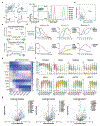
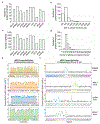

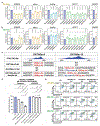

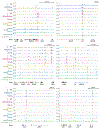

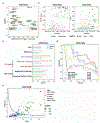

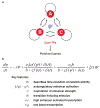






Update of
-
Dynamic network-guided CRISPRi screen reveals CTCF loop-constrained nonlinear enhancer-gene regulatory activity in cell state transitions.bioRxiv [Preprint]. 2023 Mar 9:2023.03.07.531569. doi: 10.1101/2023.03.07.531569. bioRxiv. 2023. Update in: Nat Genet. 2023 Aug;55(8):1336-1346. doi: 10.1038/s41588-023-01450-7. PMID: 36945628 Free PMC article. Updated. Preprint.
References
Methods-only references
Publication types
MeSH terms
Substances
Grants and funding
LinkOut - more resources
Full Text Sources
Other Literature Sources
Molecular Biology Databases
Research Materials

